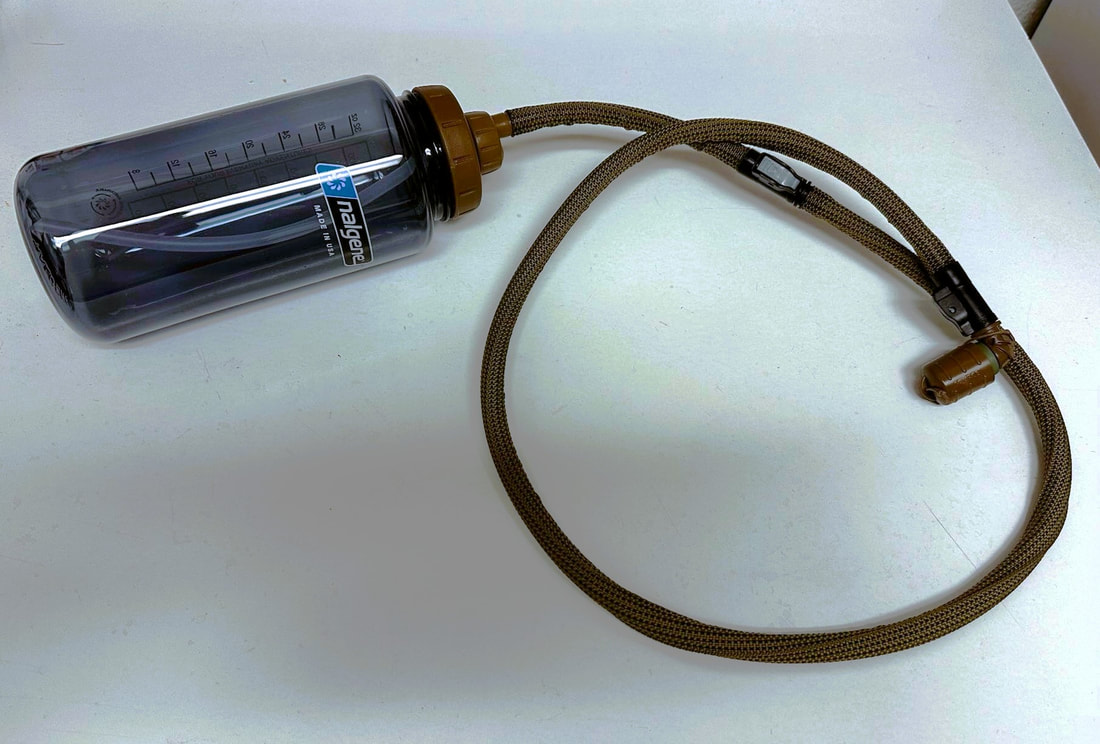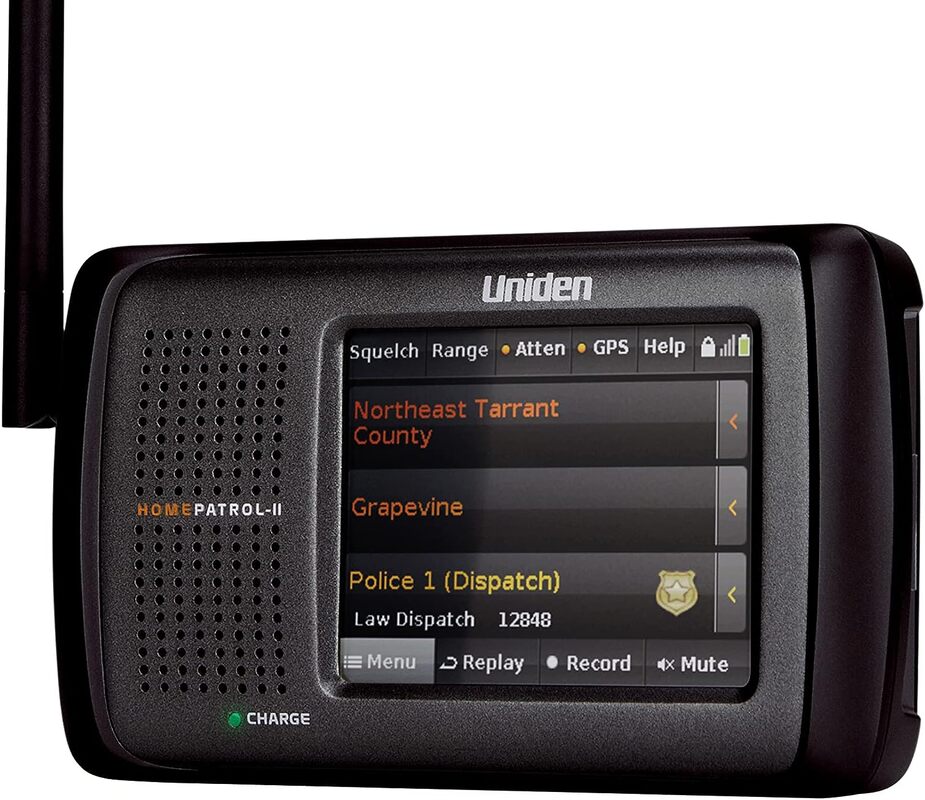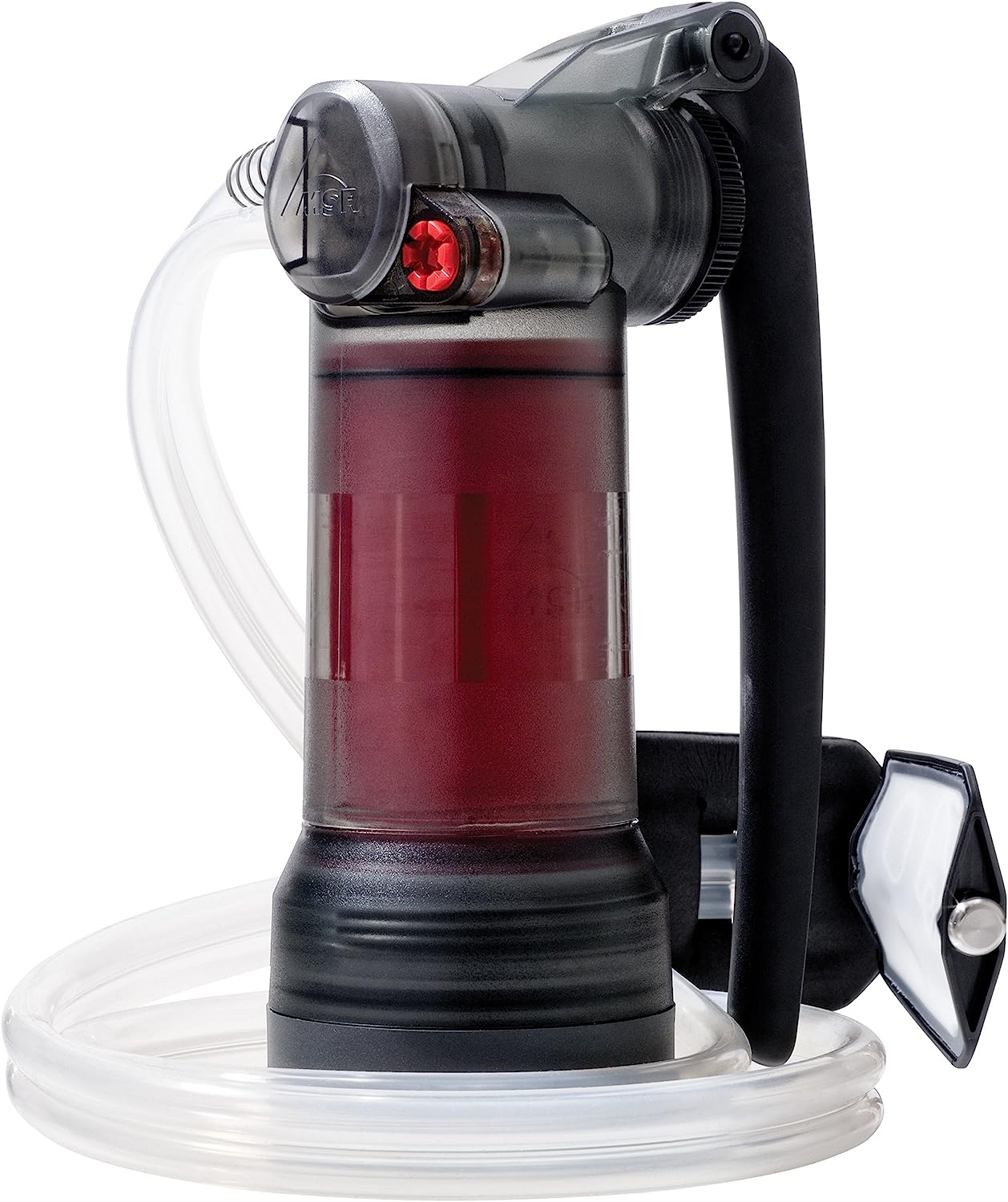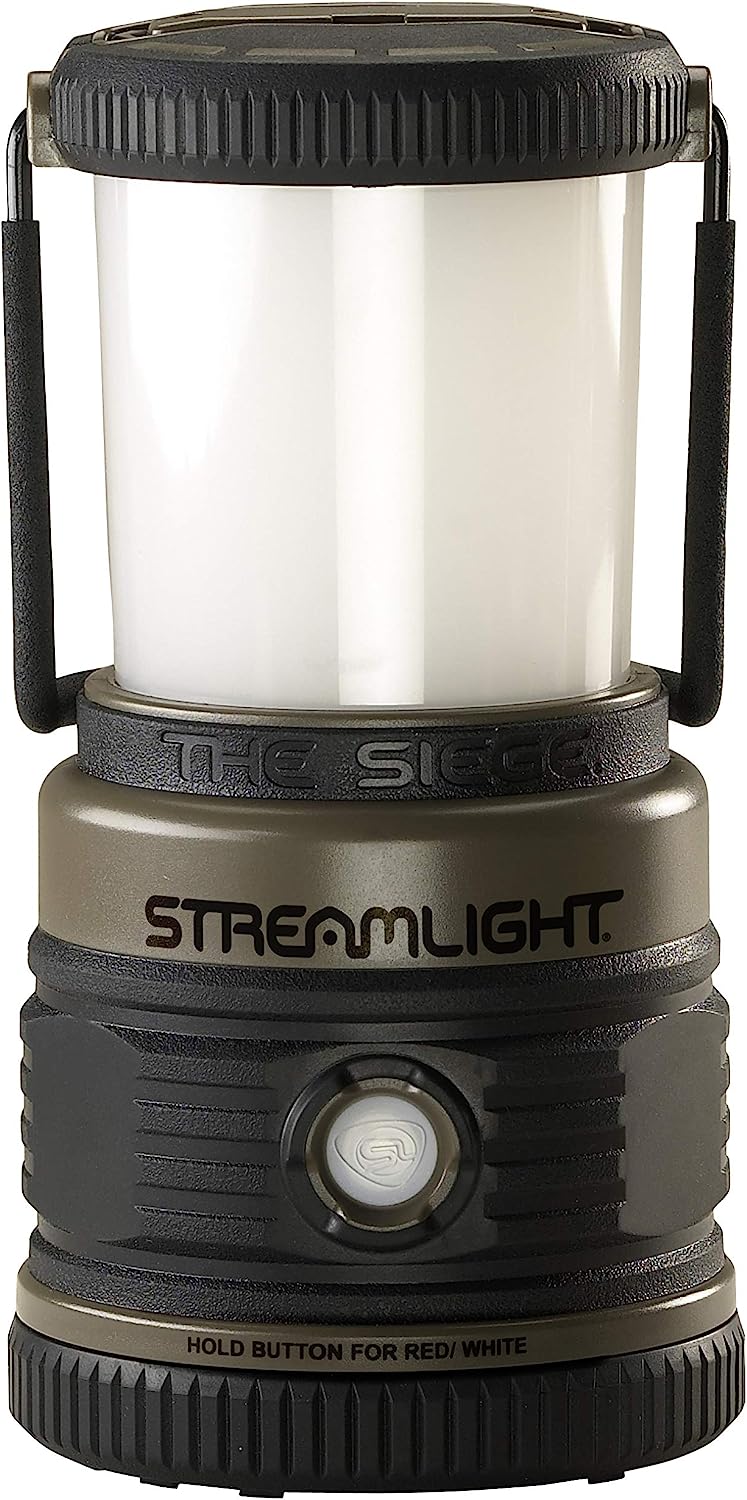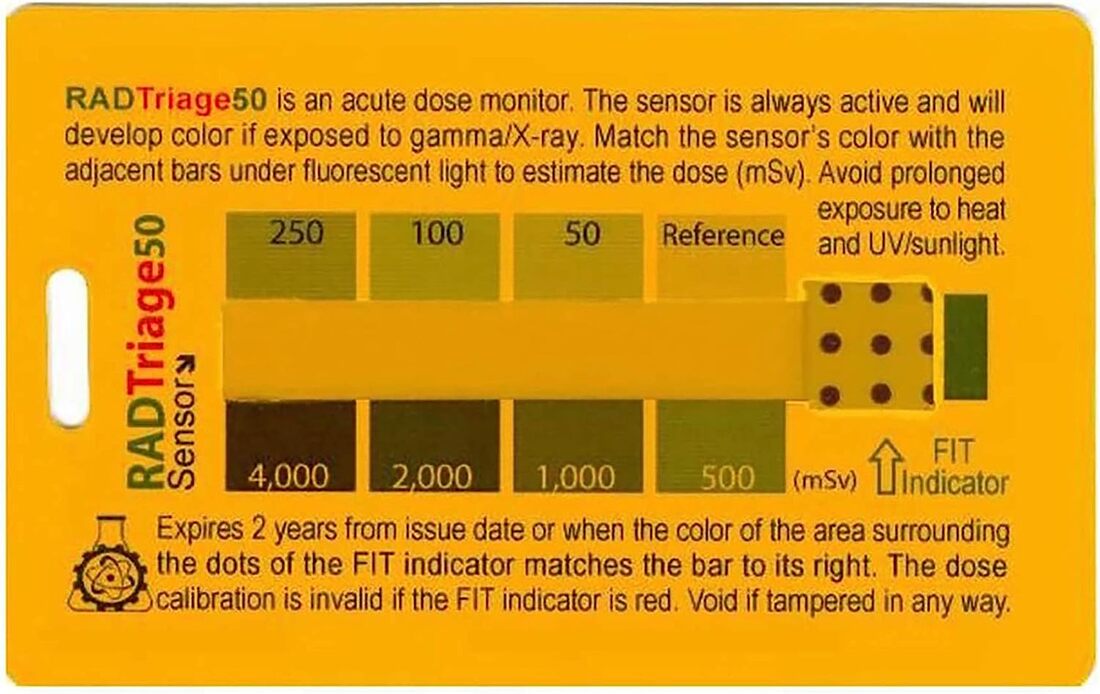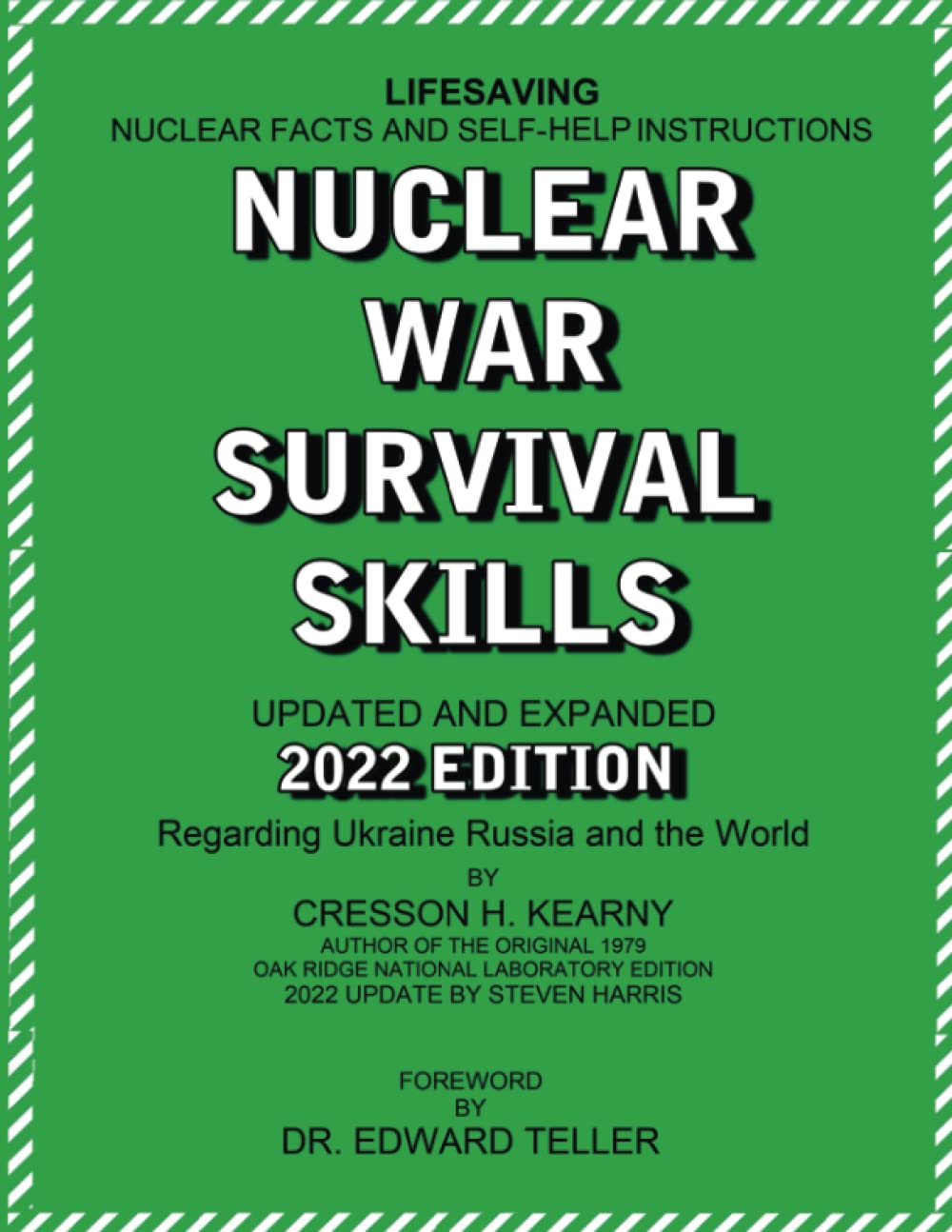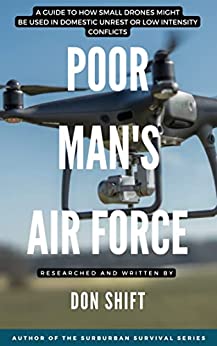 Now just imagine Chinese sleeper cells in the United States (CONUS) deploy hundreds of these against US Air Force bases. A few pounds of high explosive in the right place employed against a bomber, a C-17 transport, or a KC-135 refueler would destroy the aircraft. Swarms of semi-autonomous drones launched in a surprise attack could devastate the US military's ability to respond to a trans-Pacific war in a matter of hours. Poor Man's Air Force Now available on Amazon! Drones, or unmanned aerial vehicles (UAVs), are changing the tactical landscape of warfare. The use of drones in conflicts has the potential to alter centuries of ground warfare in the same way as disruptive technologies like smokeless powder, the repeating firearm, tanks, and radios did in the past. Not just a rhetorical discussion of drone warfare, this book looks at practical usage by the prepared citizen, partisan, and soldier. In 2022, Ukrainian use of modified consumer-grade drones for attack surprised the world who had only really seen them used in intelligence, reconnaissance, and surveillance roles. Lurid videos of grenades being dropped on unaware troops heralds a terrifying new reality in warfare: the poor man’s air force. Unmanned aerial systems (UAS) are bringing an aerial observation and attack capacity to forces, large and small, that have never had such an advantage before. From warfare, to terrorism, and even self-defense, we have only seen the cusp of what drones can do. Quadcopters have taken aerial hunting and attacks out of the domain of scout helicopters and delivered it to the squad and individual level. In future conflicts, be they full-scale international wars, civil wars, or domestic unrest, use of drones will be commonplace. Their ease of use will make killing easier, enabling those who cannot or would not be soldiers or insurgents to participate in violence. Drones are a new threat as IEDs were and will be used in similar ways to both sniper attacks and bombings against civilian, military, and government targets. Thanks to their inherent intelligence gathering nature and developing attack capabilities, drones have the ability to level the playing field or dramatically tilt in favor of the side with aerial assets. In a civil conflict or during the aftermath of a major destabilizing event, drones will play a huge part in both self-defense and any violence. Proliferation of small unmanned aerial systems will occur rapidly, so their potential impact and use in small paramilitary, irregular, and civilian hands deserves examination. Part I: Small Unmanned Aerial Systems
At the end of the world, anyone who isn’t crazy is going to want a friendly eye in the sky. Helicopters are out of the question, but an off-the-shelf consumer grade drone, or small Unmanned Aerial Vehicle (UAV) can be a large force multiplier for friendly forces. The advantages that they can give defenders could make the difference in a defensive situation or even an evacuation.
Drones can provide real time intelligence from “impossible” perspectives that someone with a pair of binoculars in a tall building or on a hill can’t see. The area that one can actively surveille expands with the drone’s height and mobility advantage. They allow loitering and tracking of mobile targets. Ground units can be supplemented or supported by aerial observation. Some of the advantages drones can provide to neighborhood defenders are:
One could remotely clear intersections, curves in the road, behind hills or obstacles, for ambushes. Imagine that instead of having to send a team on foot to check out some wrecked cars in the road, your drone can simply do a fly-by to see if guys with guns are crouching on the other side. Drones are stealthy. They may not be heard or seen by people on the ground, often going totally unnoticed at high flight altitudes. Their stealth is an inherent capability due to their size. They may be operated at altitudes where the rotor noise is not heard or it easily blends in with the ambient noise. The airframes themselves are also relatively small and can be visually overlooked if flying at a high enough altitude or the model is quite small. Visual detection range is typically 100 yards and the sound can be detected at 40 yards. Drones also don’t replace tried and true methods. Just because you have a magic flying thingy doesn’t relieve you from walking your perimeter, sending out patrols, or performing inspections in person. Technology is not a substitute for using your God-given senses to further investigate suspicious circumstances. Drones can’t see everything and will change the behavior of those that they observe in ways actual humans may not. Drones aren’t just for observation. They can be used as a suppression tool. If an enemy knows he is being observed, it is likely to change his behavior. An attacker who is hoping to strike unannounced that is seen by a drone (and knows it), may abandon his entire attack. If not, the plan may be disrupted because the potential “victim” is able to tailor their defense in real time to the movement of the enemy. In on the ground human terms, imagine that a gang of thieves are getting ready to rob a jewelry store. Except next to that jewelry store is a deli and four police officers are eating lunch outside on the terrace. The robbers have to wait until the officers are gone before they can move in. Except the cops know what’s up and as soon as they are done eating, their observation duties are taken over by a patrol car. Done deliberately, this is a form of suppression. Cops do it all the time by simply patrolling and remaining in locations vulnerable to crime because crooks who aren’t totally stupid won’t do things in front of the police. Drone Operation TradecraftPaint your drone in a neutral gray color as many military aircraft are painted. Treat launching your drone like a submarine raising its periscope. Periscopes pop up for just a brief span of time and are pulled back down as soon as possible. See what you need to see and land; constant observation isn’t always going to be necessary. Don’t be predictable.
Note: this an adaptation from my non-fiction book Suburban Warfare: A cop’s guide to surviving a civil war, SHTF, or modern urban combat, available on Amazon. The term “drone” has become synonymous with Unmanned Combat Aerial Vehicle, or UCAV, and small UCAVs have become common in modern warfare. Small, modern consumer drone has become a staple of irregular warfare. Cartels have mounted automatic weapons on drones and ISIS used them to drop bombs on their enemies. No longer a plaything or innovative camera platform, drones will be used in any domestic conflict in the United States.
To date, irregular forces have used drones for:
ISIS often dropped munitions out of a plastic tube when released remotely by a servo motor. 40mm grenades were popular with ISIS as they were light and could be lofted easily by consumer Quadcopters. Larger drones can drop 60mm and 81mm mortar bombs. Homemade bombs often using plastic explosive have been seen in Latin American cartel wars and in the Middle East. Weapons don’t need to be dropped; a more accurate strike, at the cost of the drone, can be delivered in a kamikaze attack involving terminal guidance to the target and detonation. Payloads depend on speed and range required. Maximum payload for a large quadcopter is about 4-5lbs. Optimal payloads are on average half a pound or less, up to 1.25lbs or half a kilo. About 1lb of C4 explosive is enough to destroy a truck. Bare explosives can be studded with ball bearings or other metal to create shrapnel; however, this may take the weight limit over what small drones can carry. In addition to the above discussed surveillance and reconnaissance roles, armed drones will be used in direct combat. Area fire that is ordinarily accomplished in militaries by mortars, artillery, and grenade launchers will be done by drone. Americans just won’t have access to these weapons the same way that Afghans and Iraqis did. Explosive armed drones themselves may be flown directly into targets and detonated in the same manner as militaries employ missiles. Drones may be used in the following manner to kill:
Immediate action drills
Shooting down drones Shotgun drone shootdowns are not uncommon. To date, it has largely been on the range, by an annoyed neighbor, or by an angry man who caught the drone peeping. Based on the limited information provided, these drones were close and not attempting to evade. Drones engaged in combat operations will try to remain as distant as possible and should evade, making a shootdown more difficult. Drones are designed to be lightweight and thus quite fragile. They can be easily damaged by high velocity projectiles. Any impact may cause the drone to lose orientation and crash; the more violent the better. Shotgun shells may be the best chance at shooting down a drone at low level and a good skeet or trap shooter should be the one to make the attempt. Range, altitude, and the drone’s speed will all factor into the ability to hit it as much as the ability of the shooter, the gun, and the ammunition used. Wind, temperature, and altitude can affect range as well.
Drone air-to-air combat Shooting down a drone with a gun is not going to work against a pilot who is anticipating anti-drone fire, actively evades, flies smartly, and keeps the drone out of range. This means that the fight will need to be taken to the offending drone. Anti-drone air superiority will become a thing. All combat is about what happens on the ground. Aircraft were first used in military applications for reconnaissance, then bombing. Naturally, the countermeasure was to develop fighter planes that specialized in shooting down aircraft. While fighter vs. fighter combat has captured the imagination and hearts of fighter pilots all over the world, the actual job of air superiority is to deny the airspace to the enemy. If fighter jets are waiting to shoot down his bombers and transport planes, he can’t use his air force to support his ground troops or attack the enemy. Though it would be expensive to have a lot of remote control planes and drones, it is possible to use drones against drones. Note however that one would have to fly their remote control aircraft physically into the drone to knock it out of the sky. For your small UCAV, this will be a suicide mission. A light and cheap drone that can climb to a decent altitude and fly fast would probably be ideal. Practice can be done with easily repairable drones. An experienced drone pilot may be able to accomplish a mid-air collision without much rehearsal. The kinetic impact should be all that is required to crash most consumer quadcopter types. Once downed, the wrecked drone should be captured for intelligence exploit or an ambush can be setup to wait for the enemy’s recovery attempt. Bottom line Are you likely to be killed by a drone?[2] It is highly unlikely. In a future destabilized America immersed in urban combat, most deaths will be caused by famine and disease, followed by gunfire, as in most wars. Drones will be problematic mostly as a reconnaissance and command & control tool. I would be more worried about a looting gang launching a drone to see who is asleep before the 3 AM attack than I am someone flying a drone with C4 through my bedroom window. Note: this an adaptation from my non-fiction book Suburban Warfare: A cop’s guide to surviving a civil war, SHTF, or modern urban combat, available on Amazon. |
Author Don ShiftDon Shift is a veteran of the Ventura County Sheriff's Office and avid fan of post-apocalyptic literature and film who has pushed a black and white for a mile or two. He is a student of disasters, history, and current events. Archives
May 2024
Categories
All
As an Amazon Associate I earn from qualifying purchases.
|
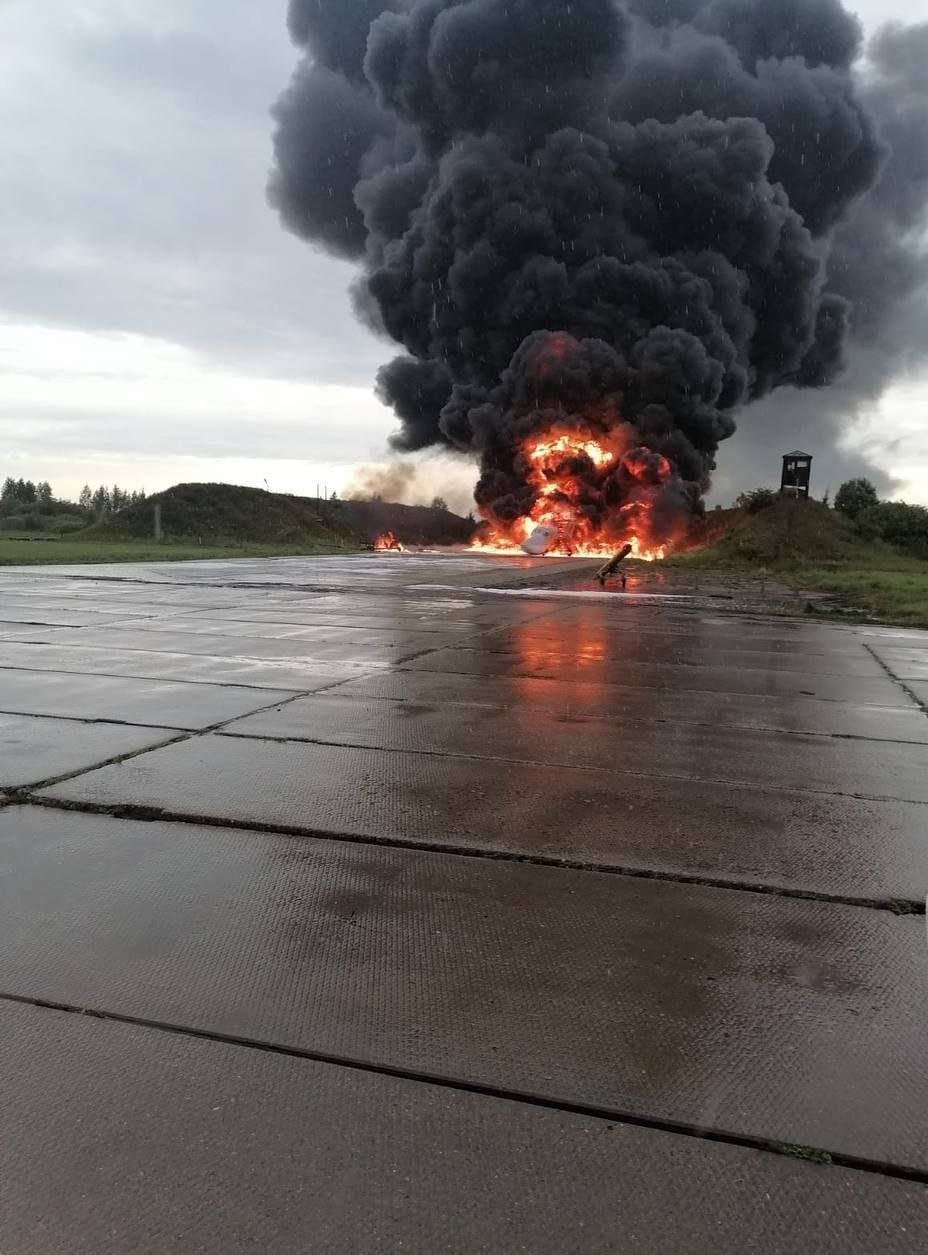
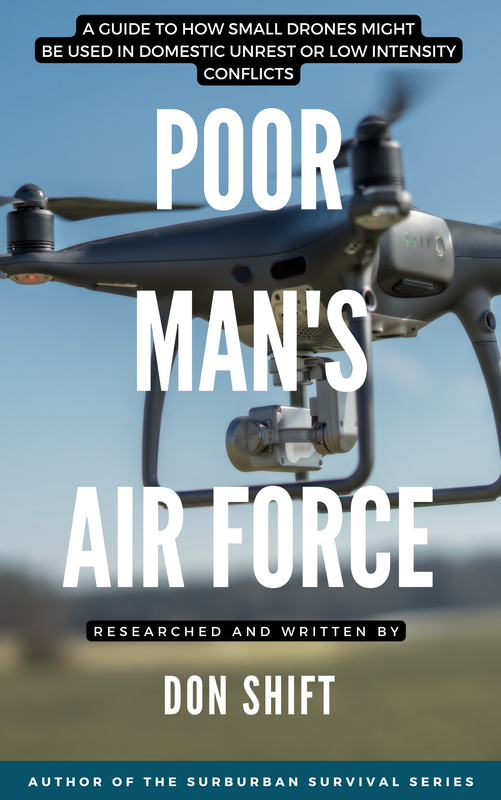
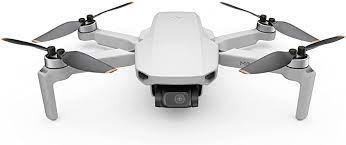
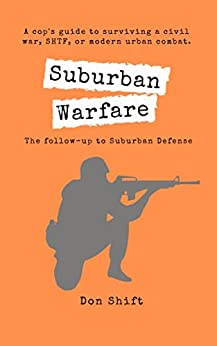
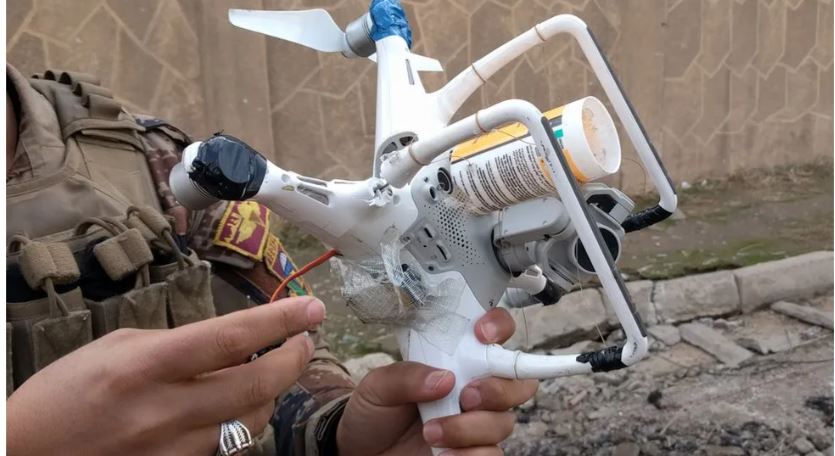
 RSS Feed
RSS Feed
